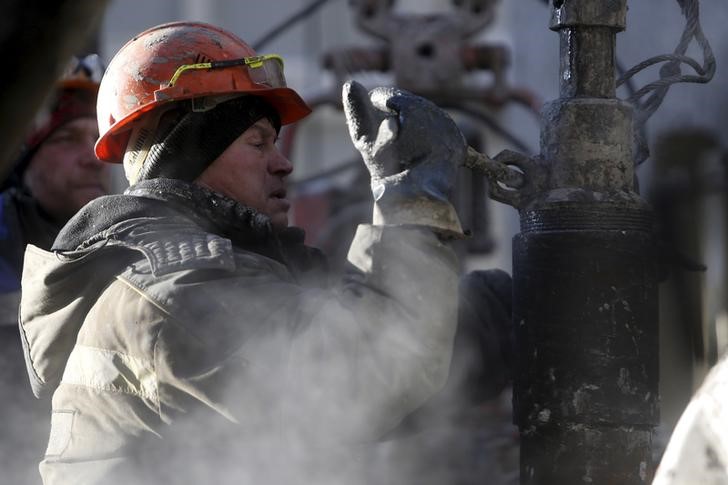By Ahmad Ghaddar
LONDON (Reuters) – Oil prices edged higher on Tuesday following a more than 1% drop in the previous session as escalating tensions in major producing region the Middle East fuelled supply concerns, though a bleak Chinese economic outlook limited gains.
March futures, which are due to expire on Wednesday, rose 8 cents, or 0.1%, to $82.48 a barrel by 1059 GMT. The more active April contract rose 13 cents, or 0.2% to $81.96. U.S. West Texas Intermediate crude was up 24 cents, or 0.3%, at $77.02 a barrel.
Both contracts fell more than $1 on Monday as a deepening real estate crisis in China fuelled worries about demand the world’s biggest crude consumer, after a Hong Kong court ordered the liquidation of property company China Evergrande (HK:) Group.
Meanwhile, Washington vowed to take “all necessary actions” to defend its troops following a deadly drone attack in Jordan by Iran-backed militants, the first U.S. military deaths since the Israel-Gaza war began, putting markets on edge.
“If U.S.-Iran tensions escalate, particularly through a direct confrontation, the risk rises that Iran’s oil supply is adversely impacted,” said Commonwealth Bank of Australia (OTC:) analyst Vivek Dhar. “Iranian oil exports are likely the most vulnerable via potentially greater enforcement of sanctions.”
Iran exported 1.2-1.6 million barrels per day of through most of 2023, Dhar added, representing 1-1.5% of global oil supply.
Limiting the gains, however, were concerns about the outlook for China’s economy, and any potential fall out from Evergrande’s liquidation order, analysts said.
” () ramifications of a possible collapse in China’s property sector makes moot any authority stimulus and will have very negative global shockwaves,” PVM analyst John Evans said.
On the supply side, while an OPEC+ meeting on Feb. 1 was unlikely to see a decision on the oil policy the group’s oil policy for April, analysts are hoping it could still shed some light on production plans.
Aramco (TADAWUL:), the state oil company of the world’s biggest producer Saudi Arabia, in an indication for the future demand outlook, said it had received a directive from the energy ministry to maintain its maximum sustainable capacity at 12 million barrels a day, and not to continue increasing it to 13 million barrels per day.
“It may be to save money. But most likely it implies that it sees no need for this extra oil in the global market,” said SEB analyst Bjarne Schieldrop.
Read the full article here



